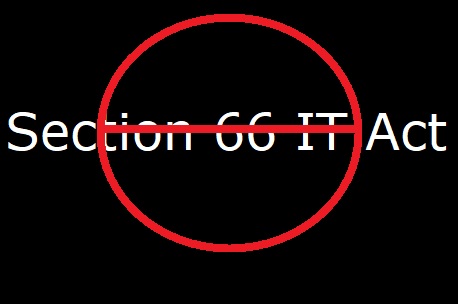Dark Patterns in UI/UX Design: A Critical Look at Manipulative Design Practices
UI/UX design is at the heart of how users interact with digital products. While good design focuses on creating seamless and enjoyable experiences, the emergence of dark patterns reveals a different narrative—one that prioritizes manipulation over ethics. Coined by UX designer Harry Brignull in 2010, dark patterns are deceptive design tactics intentionally engineered to trick users into taking unintended actions. These patterns might boost short-term metrics, but they often harm user trust, brand loyalty, and ethical reputation in the long run.
Some of the most popular dark patterns that you must have experienced are
1. Roach Motel

In this type of dark pattern, users find it easy to enter a situation but extremely difficult to exit like in Roach motet. Designers bury cancellation flows in menus, create multi-step forms, or add unnecessary verification steps.
Example:
- Video streaming requires navigating a multi-page cancellation process with frequent attempts to convince users to stay.
- Subscription services often make it simpler to subscribe than to unsubscribe, hiding cancellation options deep in settings.
2. Privacy Zuckering

In this type of dark pattern, Users are tricked into sharing more personal data than they realize. The designer implemented pre-checked consent boxes and confusing privacy settings are commonly used.
Example:-
- Social media platform subtly nudges users to sync their contacts during onboarding, often without clear indications of how this data will be used.
- Social media mobile app defaults to broad permissions for camera and microphone access, requiring users to dig into settings to disable them.
3. Forced Continuity

In this dark pattern, After a free trial expired, users are charged without sufficient notice. If you notice technical insight, Notifications for upcoming charges are often hidden, and auto-renewals are set as default.
Example:-
- Streaming platforms, Auto-charge users at the end of free trials without email reminders.
- Language apps, Use a forced continuity model, often prompting users to continue a subscription without clear opt-out options.
4. Bait and Switch

In this dark pattern, The interface promises one action but delivers another. If you notice that Buttons or links are visually misaligned with expected functionality in the platform/app.
Example:-
- Download buttons on free software sites trigger advertisements instead of the intended file.
- Certain free-to-play games display “reward” buttons that lead users to in-app purchases instead of the promised rewards.
5. Confirm Shaming

Guilt-inducing language coerces users into making a choice they’d rather avoid. In this dark pattern app/platform try to create a sense of fear or shame or ridicule or guilt in the mind of the user, so as to nudge the user to act in a certain way that results in the user purchasing a product or service from the platform or continuing a subscription of a service.
Example:-
- Email unsubscribe modals with dismissive language like, "No, I prefer missing out on great deals."
- Fitness apps ask users, "Are you sure you want to give up on your health journey?" when attempting to cancel a subscription.
Why Dark Patterns Persist
- Psychological Exploitation:- Designers leverage behavioral psychology, such as loss aversion and decision fatigue, to nudge users into undesired actions.
- Metrics Over Morals:- Organizations often prioritize short-term KPIs—such as increased revenue or user retention—over building ethical, long-term relationships.
- Regulatory Loopholes:- Not sufficient law/act to penalize some deceptive practices, enforcement is inconsistent, allowing companies to exploit grey areas.
Combating Dark Patterns
Transparent Design Practices:- Clearly display information about fees, data usage, and cancellation policies.
User Feedback Loops:- Regularly collect and analyze user feedback to identify areas of friction or confusion.
Adopt Ethical Guidelines:- Use frameworks like the Ethical Design Manifesto, which emphasizes user respect and honesty
Regulatory Compliance:- Implement robust mechanisms for obtaining informed consent and adhering to legal standards.
Indian Government's Commitment to Combat Dark Patterns.
The Central Consumer Protection Authority (CCPA) of India has taken significant steps to combat deceptive design practices known as dark patterns. On November 30, 2023, the CCPA issued the "Guidelines for Prevention and Regulation of Dark Patterns, 2023," aiming to protect consumers from manipulative UI/UX designs that impair autonomy and decision-making.
Key Aspects of the Guidelines:
- Definition of Dark Patterns: Practices or deceptive design patterns in user interfaces that mislead or trick users into actions they did not intend, amounting to misleading advertisements or unfair trade practices.
- Applicability: The guidelines apply to all platforms systematically offering goods or services in India, including advertisers and e-commerce entities.
- Specified Dark Patterns: The guidelines identify specific dark patterns such as drip pricing, disguised advertisements, bait and switch, and false urgency, among others.
- Enforcement: The CCPA has the authority to investigate and take action against entities violating these guidelines, ensuring compliance and protecting consumer rights



Impress your guests withwedding limo service featuring decorated interiors, red carpets, and refined elegance for your special day.
ReplyDelete